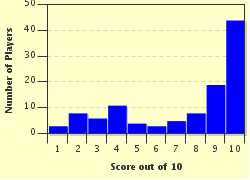Quiz Answer Key and Fun Facts
1. Until 1803 the Holy Roman Empire included about 300 virtually sovereign states. Did they all issue their own coins?
2. It is always a good idea to be aware of the monetary system of any country whose coins you collect. By the mid 1500s what was the monetary system of Brandenburg, Saxony and the future Hanover (as well as of some other German states)?
3. The Heller (formerly sometimes spelled 'Häller') has a long history as the lowest regular denomination coin in Central Europe and survived in the Czech Republic (as the Haler) into 21st century. The Heller takes its name from the city where these coins were first minted in the late 12th century. Which city was it?
4. What was the Cologne Mark?
5. In the Middle Ages some German states issued a 'Hohlpfennig'. Translated literally, this means a 'hollow Pfennig'. Which of these best describes such coins?
6. At the time of the Reformation one state issued Groschen coins with a very unusual type of inscription, namely: Iustus ex fide vivit (in capitals), which means 'The just lives by [literally from] faith'. Which state was it?
7. Which German state, immensely proud of its military prowess, displayed an eagle hovering over cannon, military standards and drums on its higher denomination coins for much of the period c. 1750-1822?
8. In 1806 and 1807 the tiny coastal Domain (Herrschaft) of Knyphausen, which normally did not have its own coins, suddenly issued gold coins and high denomination silver coins. What was behind this?
9. Until c. 1180 nearly all the coins minted in the various German states were of one, and only one, denomination. Which was it?
10. When did Germany first adopt a single, national currency?
Source: Author
bloomsby
This quiz was reviewed by FunTrivia editor
gtho4 before going online.
Any errors found in FunTrivia content are routinely corrected through our feedback system.


